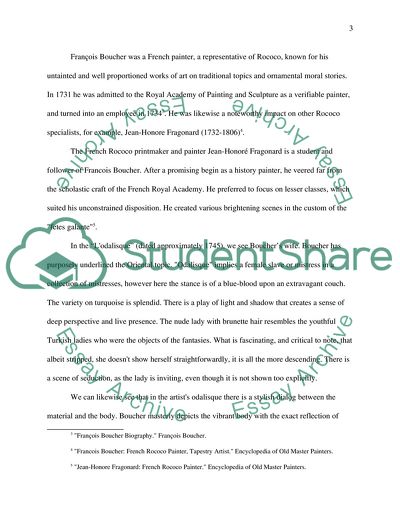Cite this document
(Sensualism and Seduction in 18th Century Rococo Art Essay, n.d.)
Sensualism and Seduction in 18th Century Rococo Art Essay. https://studentshare.org/visual-arts-film-studies/1878075-rococo-art-seduction-and-sensualism-mythologie-galante
Sensualism and Seduction in 18th Century Rococo Art Essay. https://studentshare.org/visual-arts-film-studies/1878075-rococo-art-seduction-and-sensualism-mythologie-galante
(Sensualism and Seduction in 18th Century Rococo Art Essay)
Sensualism and Seduction in 18th Century Rococo Art Essay. https://studentshare.org/visual-arts-film-studies/1878075-rococo-art-seduction-and-sensualism-mythologie-galante.
Sensualism and Seduction in 18th Century Rococo Art Essay. https://studentshare.org/visual-arts-film-studies/1878075-rococo-art-seduction-and-sensualism-mythologie-galante.
“Sensualism and Seduction in 18th Century Rococo Art Essay”. https://studentshare.org/visual-arts-film-studies/1878075-rococo-art-seduction-and-sensualism-mythologie-galante.


